OUR HISTORY
WE HAVE BEEN WRITING OUR SUCCESS STORY SINCE 1904
The LECHNER GROUP's story is one of highs and lows, determination and female power, hard work and family.
And it starts in the middle of the German Empire, a time shaped by a sense of change, reform and entrepreneurial spirit. The wonder of electrification was making everyday life easier. The expanding railway network and the first cars opened up a whole new level of mobility. And almost everyone was dreaming of a better life. Including in the quiet region of Uehlfeld in Middle Franconia. Georg Heinritz, the great-grandfather of company director Bernd Lechner, established his first construction business here in 1904.
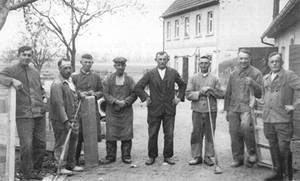 1923
1923His son Friedrich Heinritz joins the company in 1923, and the company name is changed to Georg und Friedrich Heinritz OHG.
Over the next few years, the business expands to include the production of concrete products. Back then, concrete was still mixed by hand (using a shovel). There were no concrete mixers. The main items produced are concrete pipes, slag bricks and coloured cement flagstones pressed with patterns. These cement flagstones are popular as floors in kitchens and hallways. You can still find these floors in old farmhouses in Seebachgrund and Steigerwald today.
The concrete products are already being supplied further afield to the neighbouring districts of Höchstadt-Erlangen-Scheinfeld.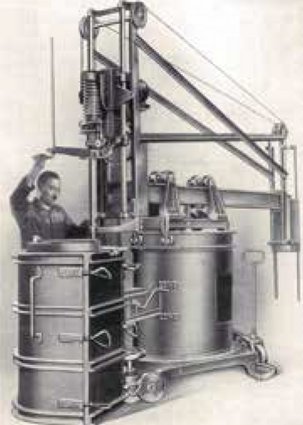 1935
1935As sales of concrete pipes continue to increase, the decision is made in 1935 to make a big investment – and purchase an electric concrete pipe stamping machine, "Triumph 1".
By 1939, there are 15 employees working at the concrete plant, with the same number of employees in the construction business.
When the war breaks out, the company shuts down because the company director is called up for military service. Once the war ends and he returns from captivity as a prisoner of war, the company reopens. 20
20
years in
constructionGeorg Heinritz's company worked in construction for almost 20 years, as is evident from the quotation for the construction of a residential building at Steigerwaldstraße Nr. 14 from 1935. This residential building is still standing in its original form today.
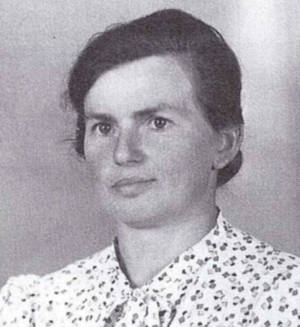 1945
1945Until the currency reform, the building materials trade and the production of concrete goods is only possible under difficult conditions, in exchange for ration coupons or as a barter transaction.
After the war, the company founder, Georg Heinritz, dies in 1948 at the age of 71 years.One year later, the company director Friedrich Heinritz falls ill and undergoes surgery. He dies as a result of this operation on 20 April 1949 at just 46 years old.
His wife Margarete and daughter Erna, who is 15 at the time, successfully continue the building material business and concrete plant in the face of strong competition.
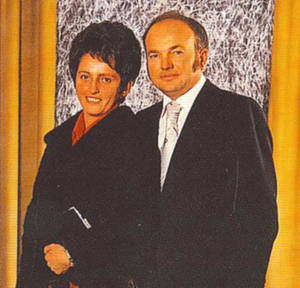 1954
1954The company gains fresh ideas and momentum in 1954 with the new addition of Hans Lechner and his marriage to Erna Heinritz.
The family overcomes some challenging times with hard work, dedication and teamwork. Mrs Erna Lechner works hard to build up the office and accounting department.
In 1954, there are five employees.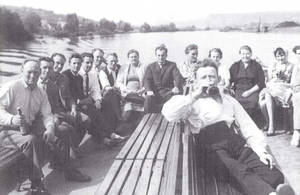 1957
1957In 1957, the number of employees grows to over 40 and the company name is changed to Heinritz & Lechner KG, Betonwerk-Baustoffe.
The adjacent picture shows that it wasn't all about work. The first company outing was to Karlstadt/Main with a tour of the cement plant, followed by a boat trip from Veitshöchheim to Würzburg, city tour and dinner.
 1960
1960Construction of the first production hall for the manufacture of concrete pipes and Kaiser lattice girder ceilings (girders with a hollow pumice body).
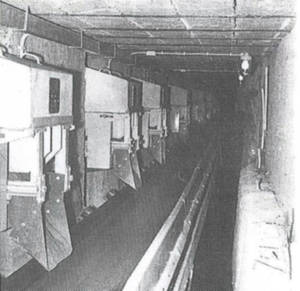 1964
1964Construction of a new, fully automated concrete mixing plant as a low silo series plant with belt feeders on the land of the "Pfarrgarten-Derrer" and start of the manufacture of ready-mix concrete.
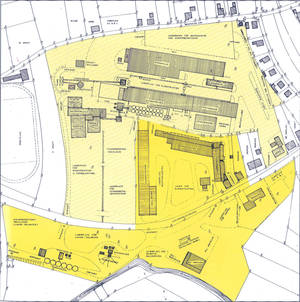 1981
1981By 1981, the number of employees has grown to over 180 as a result of the company's biggest investment to date: The acquisition of the entire company premises of neighbouring company Heinz Graf, with all its halls, buildings, machines and vehicles, through a bankruptcy sale. The company builds large halls – some spanning over 1600 m² – and plants for the manufacture of large prefabricated components and ready-mix concrete in multiple locations.
- 1982
Son Bernd Lechner joins the company. After completing his studies at the University of Applied Sciences for Construction in Nuremberg, he successfully qualifies as a civil engineer.
In October 1982, he joins the company to support and relieve some of the burden on his father.
Production expands to include prestressed concrete.
A 10.0 m self-supporting fully assembled ceiling with approval is developed.
The production of prefabricated ceilings becomes a fully automated operation.
New jobs are created.  1986
1986The first manufacturer with approval for ecological, highly insulating and heat-retaining klimaPOR solid walls.
The yellow and white print of DIN 4232 is developed in cooperation with the German Institute for Structural Engineering.- 1988
Market leader in system shell construction with prefabricated solid construction elements.
- 1989
The solid construction business is spun off to form the new company "Lechner Massivhaus GmbH".
"Lechner Montagebau GmbH" is also formed at the end of this year. The purpose of this company is the assembly of prefabricated components in the residential and industrial sector. 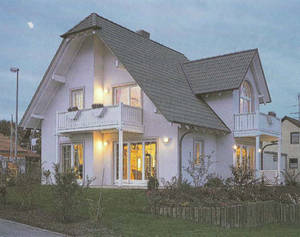 1993
1993Lechner Massivhaus builds its first show home in Weisendorf near Erlangen.
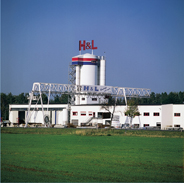 1996
1996Construction of a modern prefabrication plant for the manufacture of walls, ceilings and system elements in Glauchau, Saxony. Building shells that are healthy to live in are made from the natural building material of clay using the klimaPOR building system.
A construction centre for approx. 20 companies involved in the construction work is also built with an exhibition and prototype centre spanning over 1000 m². Headquarters of Lechner Massivhaus and H+L Baustoff Werke in the new federal states.
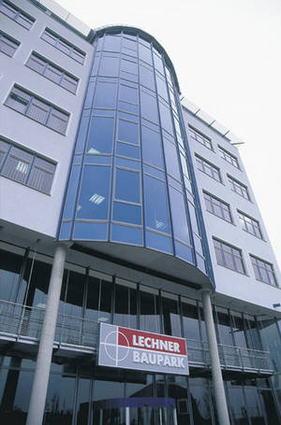 2001
2001Establishment of a construction park in Dessau, Saxony-Anhalt for over 70 participating companies.
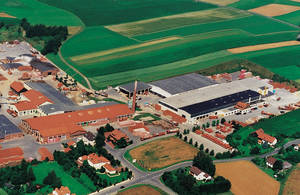 2003
2003Acquisition of Rötzer-Ziegel-Element-Werk and Rötzer-Ziegel-Element-Haus.
With the addition of one of the most cutting-edge plants for the prefabrication of solid wall and ceiling elements in Europe, the LECHNER GROUP's range of services expands to include the most traditional of all the building materials: red brick. A motivated, expert sales team supports highly discerning customers all the way through to turnkey delivery.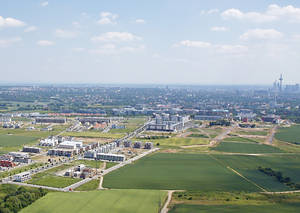 2004
2004Start of activities in Riedberg. The Frankfurt district is becoming one of the most attractive areas to live in Frankfurt am Main. In the north-west of the metropolis, with views of the Taunus mountains and the Frankfurt skyline, an innovative urban area for living and working is taking shape, commissioned by the City of Frankfurt. The companies in the LECHNER GROUP have since built and placed on the market hundreds of residential units in modern, future-oriented buildings.
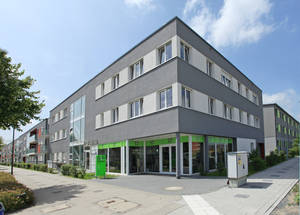 2009
2009Opening of the office location in Riedberg. As a result of the growth in activities, a permanent company presence is established in Frankfurt's young university district.
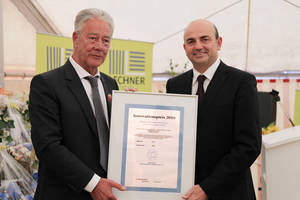 2010
2010Awarding of the 2010 European innovation award for the low-emission klimaPOR wall by the Wohnsiegel – das Europäische Markenhaus e.V. association. In Uehlfeld, the birthplace of the company group, the event is used as an opportunity to honour long-serving employees.
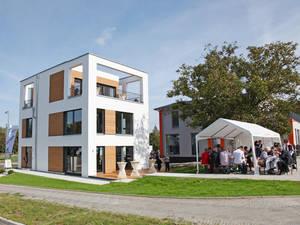 2011
2011Opening of the Lechner Massivhaus show home in Berlin. Featuring a Bauhaus style that is contemporary yet timeless, the building on Heerstraße in Spandau is a sign of the company's growing activities in the federal capital and the region.
The thorough modernisation of the Lechner Massivhaus show home in Poing near Munich makes the building more attractive in the "Eigenheim & Garten" exhibition. The sales team there is once again Lechner Massivhaus's most successful.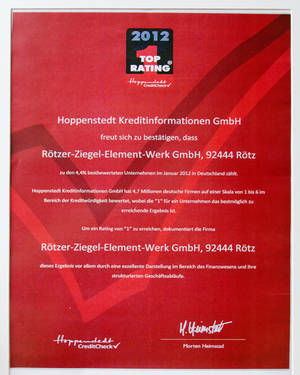 2012
2012Top Rating 2012 for Rötzer-Ziegel-Element-Werk (RZEW is among the 4.4% top-rated companies in Germany in January 2012)
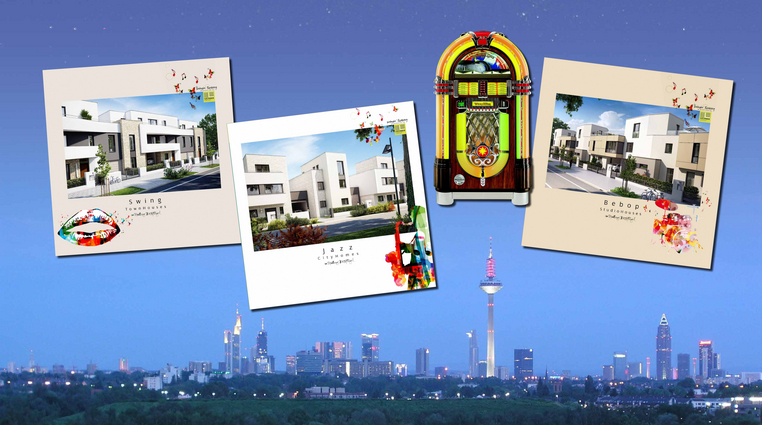 2014
2014"Swinging Riedberg" is the motto for the exciting apartment and housing concepts offered by Lechner Immobilien Development GmbH in Riedberg-Westflügel.
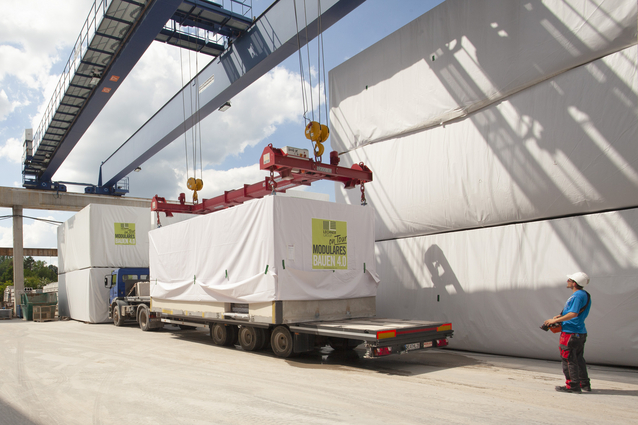 2015
2015Deutsche HausManufaktur GmbH and ModulhausFabrik GmbH add modular construction to the range of activities. The fifth generation, sons Tobias and Sebastian Lechner, join the business and take their place in the company's history.
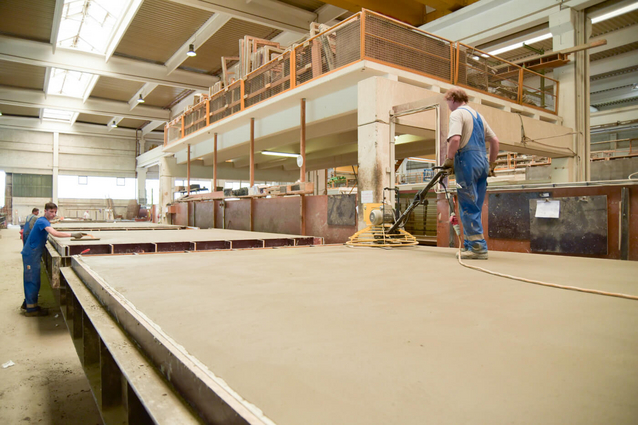 2016
2016Acquisition of a prefabrication production facility in Weidenberg and establishment of BFT Bayreuth GmbH for the manufacture of structural prefabricated concrete components for industrial and commercial construction projects and wall and ceiling elements for detached houses and terraced houses.
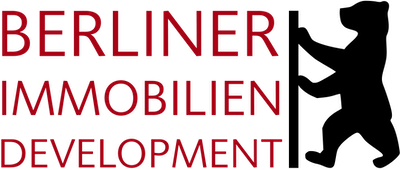 2019
2019In response to high demand and to exploit the potential in the Berlin market, Berliner Immobilien Development GmbH is established in 2019. We have been here for you at our new location on Kurfürstendamm since Easter 2022. We advise and support our customers and business partners at all stages of the process, from development and planning to sales, turnkey construction and delivery – in both the B2B and B2C market.
